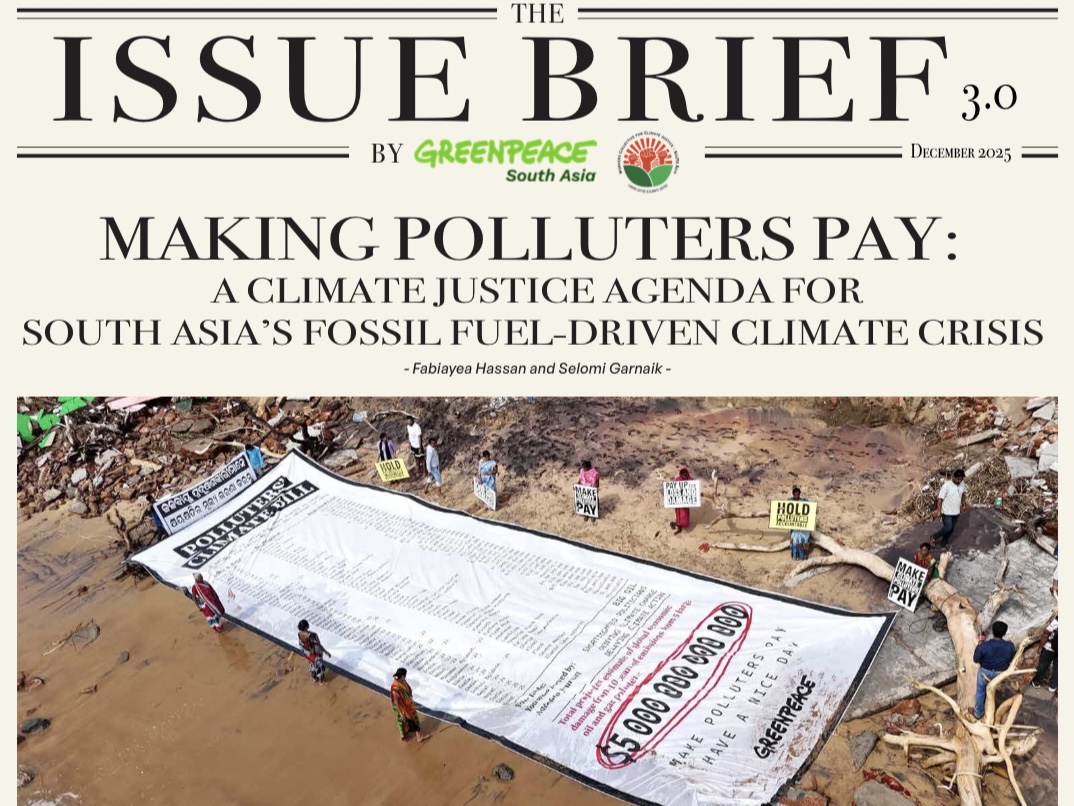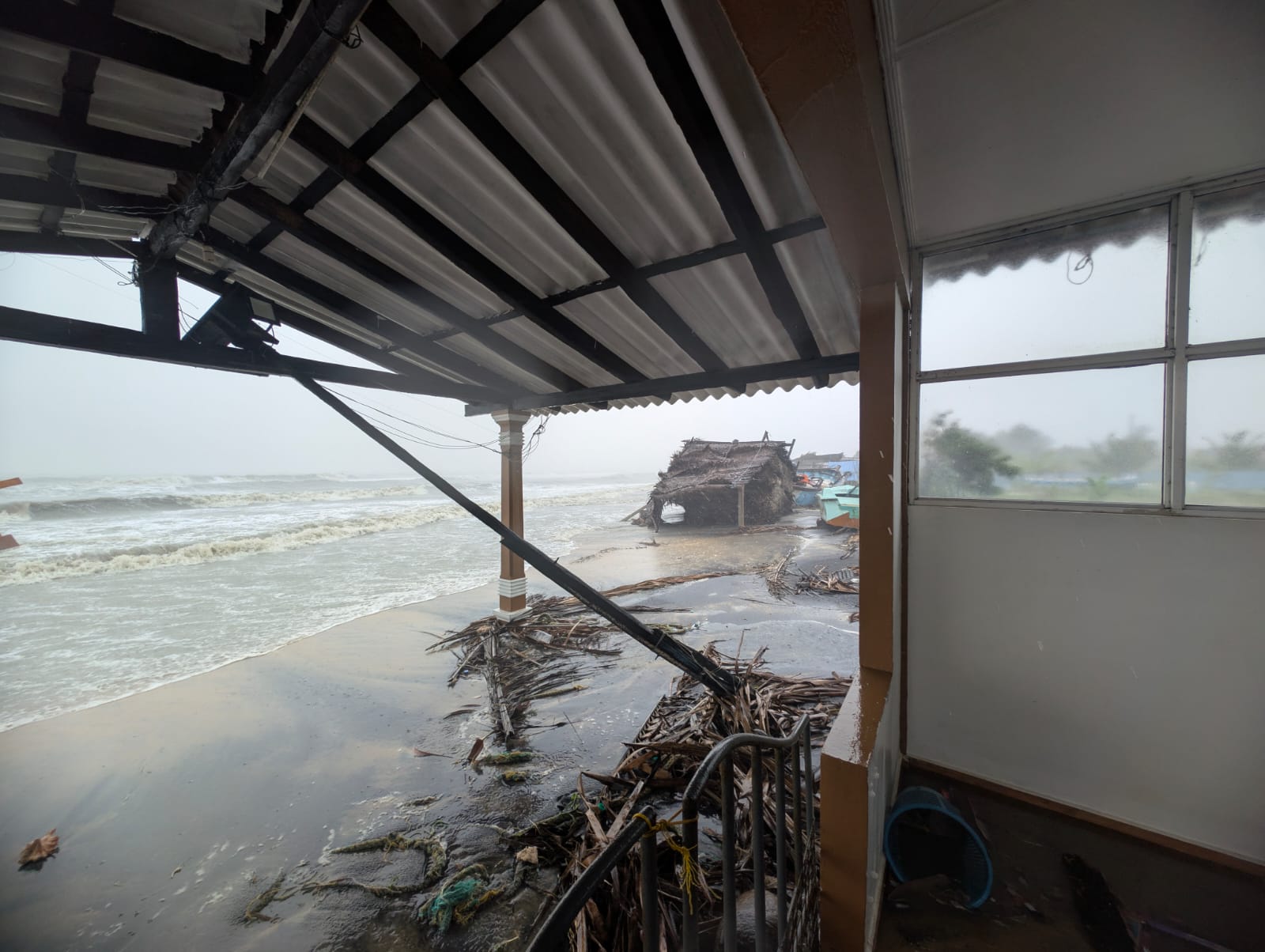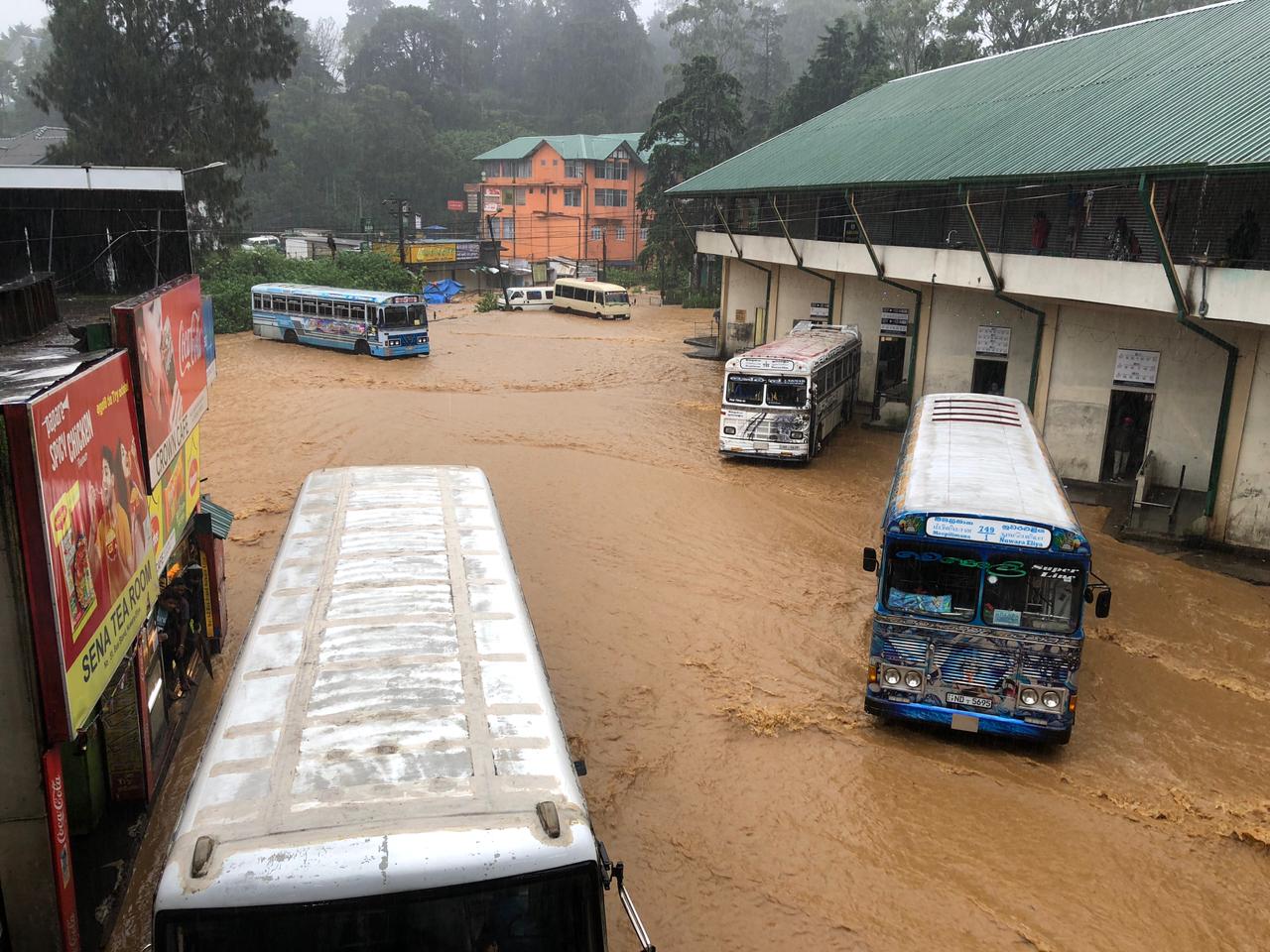On May 20, 2025, we will mark four years since the X-Press Pearl disaster – yet the biggest marine crisis in Sri Lanka’s history. Tons of plastic pellets washed ashore near our capital, Colombo – devastating kilometers of pristine beaches and threatening marine life, when this, a Singapore-registered container ship – X-Press Pearl, caught fire and sank off the coast of Western Sri Lanka. Nurdles or pellets are microplastics, the type used as raw materials in the production of single-use plastic packaging. That day, over hundred billions of nurdles leaked into the ocean and washed up on the shores of Sri Lanka, remaining mixed in the sand and within coral beds – leaving behind a trail of devastation that remains far from over.
Despite the efforts put to clean up the harm, it persists. Countless nurdles can still be found dispersed over sensitive coastal habitats, trapped inside coral reefs, and embedded in the sands of our coastlines. These tiny plastic pellets are barely noticeable, yet they still threaten wildlife, pollute the environment, and disrupt the livelihoods of coastal communities.
Four years after the incident, the question remains: Have we done enough to prevent such a disaster from happening again? In the event of another crisis, are we better equipped now to seek justice and save our environment?The coastline of Sri Lanka suffered significant harm from the X-Press Pearl disaster when burnt cargo, including nurdles, hazardous goods such as nitric acid and caustic soda, lead and copper, along with a mix of epoxy resin, plastics, and oil and charred debris washed up on several beaches around Negombo. Following the disaster, fishing had been banned within 80 kilometers of the wreck for 22 days. Thousands of locals who depend upon the industry for both their daily protein intake and their livelihoods were greatly impacted. Seafood consumption dropped significantly as a result of customer concerns about chemical contamination. The amount of dead turtles, dolphins, fish, and birds that eventually stranded on Sri Lanka’s west and south shores proved the devastation to marine life and the damage done to the environment.
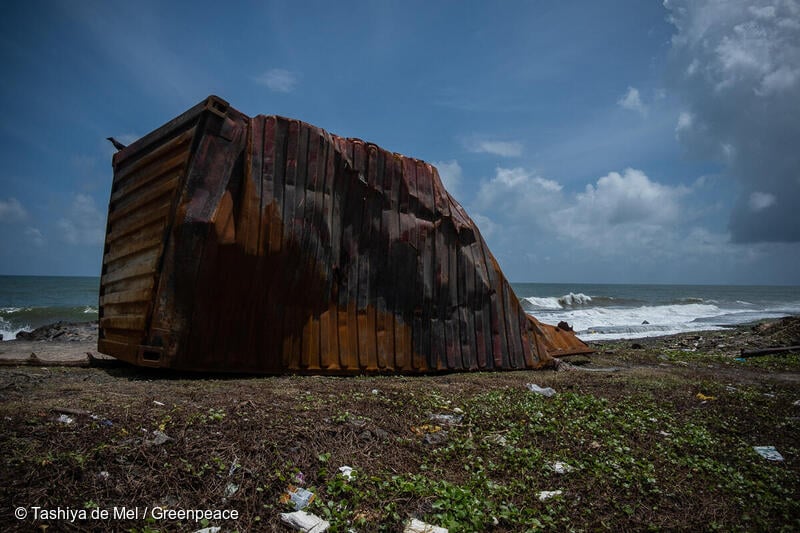
The disaster revealed significant policy shortcomings and poor management in Sri Lanka’s response to one of the most destructive chemical transportation accidents in history. It is also important to note that two ports, namely Hamad Port in Qatar and Hazira Port in Gujarat, India had refused to take one of the ship’s known hazardous nitric acid leaking containers prior to the vessel’s arrival at the Colombo anchorage. From a recent investigation report, it would seem that two containers of nitric acid leaking on the ship were the origin of the fire onboard.
Concerns were reported in the media regarding whether Sri Lankan port authorities were adequately notified of the vessel’s condition. The government’s credibility in managing the crisis was further undermined by reported claims of connections between the shipping firm and the ruling class of the country.
A Lesson Sri Lanka Must Not Forget
It turned out to be difficult for the country to obtain sufficient compensation for all the damage brought on by this disaster due to the lack of strong legal frameworks. The Convention on Hazardous and Noxious Substances (HNS), which would have improved our legal standing and provided us with more channels for obtaining prompt compensations at the time of the incident, has not yet been ratified by Sri Lanka.
In addition to being both a direct ecological and social catastrophe, the disaster sparked concerns because of the long-term harm to various marine habitats, which include coral reefs, mangroves, and lagoons. The loss of fishing resources and the extent of contaminated marine areas still cause ongoing economic hardship for fishing communities, whose lives depend on these waterways. A portion of the more than 3,068 million rupees that the Sri Lankan government has collected in compensation as of April 2024 with part of it will be utilized to assist fishermen and their families who have lost their means of subsistence. However, this is definitely not quite enough. It remains one of the least compensated marine disasters in the world, even though it is among the worst. The marine environment and coastal livelihoods are still impacted by the long-term damage, and the fishing communities continue to struggle for lack of a fair compensation.Four years have passed since the X-Press Pearl tragedy in Sri Lanka, and the legal battle for compensation is still ongoing. The entire procedure is being delayed as a result of counter-legal action in the United Kingdom, which has put the Singaporean litigation on hold.
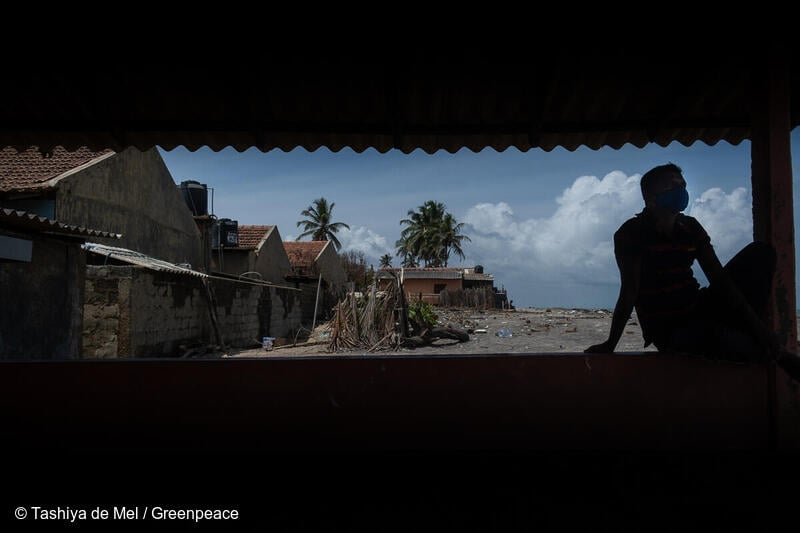
Even though this tragedy occurred four years ago, we can not ignore this reminder. To ensure that we are in a greater position to demand fair compensation and justice in the event of such future incidents, it is essential that we, as a nation, push for more powerful environmental policies and encourage governments to sign necessary international conventions, such as the 1996 HNS Convention.
The X-Press Pearl disaster should be a turning point, not just a painful memory to Sri Lanka and the nearby countries. Let’s learn from it and act now to protect our oceans, our communities, and our future by promoting sustainable coastal community-led practices and marine protected areas, in order to restore and increase the resilience of our ocean ecosystems. Four years on, Sri Lanka continues to wait for justice.
We Can Learn from Our Past, and We Must Do Better!
References:
https://www.themorning.lk/articles/c8DEel8iJ0XjwcorcuLW
https://media.greenpeace.org/C.aspx?VP3=SearchResult_VPage&STID=27MDHUPQC_U
https://ipen.org/sites/default/files/documents/ipen-sri-lanka-ship-fire-v1_2aw-en.pdf
https://fisheries.gov.lk/web/index.php?option=com_content&view=article&id=869:2023-05-12-04-15-44&catid=9&Itemid=144&lang=enhttps://www.ft.lk/ft_view__editorial/Accountability-for-toxic-ship/58-719174

About The Author
Cherika Ranasinghe
Cherika is a Research Coordinator at Greenpeace South Asia, who uses her combined knowledge of Marine Sciences and Environmental Conservation to create narratives that bring science-based perspective to highlight the importance of conservation of our planet through informed storytelling and advocacy to drive a positive change.
She is based in Colombo, Sri Lanka.

